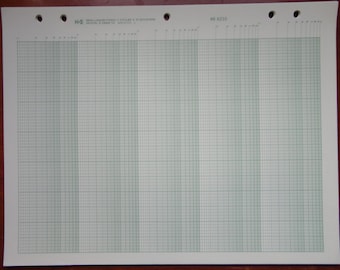

Hence, in the case of myopic defocus, the relative reduction in axial length would theoretically result from thickening of the sub-foveal choroid in the case of hyperopic defocus the opposite should occur, in which the increased axial length would result from thinning of the sub-foveal choroid. Additionally, underlying these induced changes in axial length and choroidal thickness, there is also the natural daily circadian rhythm changes in axial length and choroidal thickness 11, 12, 13, 14. In general, during the morning hours the choroid thins while the axial length elongates, and in the afternoon the inverse occurs. Literature states that the diurnal changes of axial length are greater in magnitude than choroidal thickness changes 11, 12, 13, 14. Despite the inverse correlation of axial length and choroidal thickness changes which occur throughout the day, the total variance of change in axial length magnitude cannot be explained entirely by the changes in sub-foveal choroidal thickness. This opens up the possibility of other contributing factors such as intra-ocular pressure which also has a rhythmic circadian property 14. Read et al., Chiang et al., and Wang et al., all showed that following short term (30 min to 2 h) full-field monocular myopic defocus in humans, the axial length decreased, and the choroidal thickness increased in the test eye. In the control eye, the biometrics underwent normal diurnal changes (i.e., the axial length elongates, and the choroid thins, peaking around noon then possibly reversing in direction) 1, 12, 13, 14, 15, 16.

#CARTA SEMILOGARITMICA BODE PDF TO JPG FULL#
Thus, literature clearly shows that the application of full field myopic defocus alters the natural daily variations of axial length and choroidal thickness in human subjects 2, 3.


 0 kommentar(er)
0 kommentar(er)
